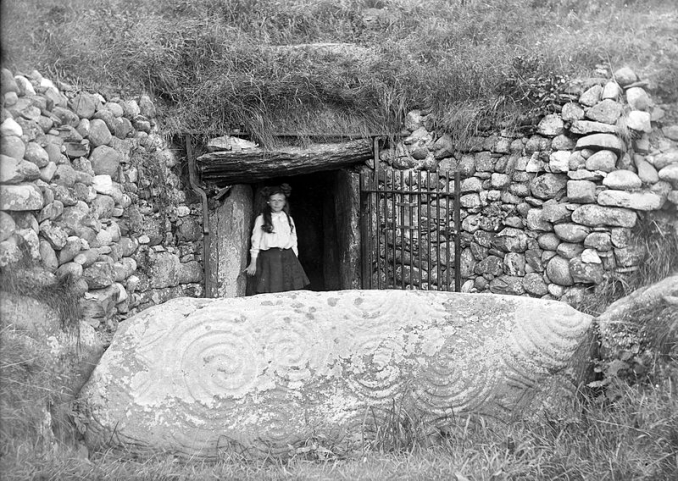Manannan and the Tuatha Dé
With everyone much exercised over genealogy and passports and ‘where and when did you come from’ because of the ‘C’ word I thought I would look back in the mists of time.
At least it might have been that or it could have been recollections of peering into that Celtic haze from the Peel - Michael coast road yesterday and dreaming of Manannán and the Tuatha Dé Danann.
I thought I would have a look at the Tuatha Dé or Tuatha Dé Danann.
The “Peoples of the Goddess Dana” were a race of supernatural beings in the native mythological and folkloric traditions of Ireland, Scotland and the Isle of Man. They incorporate within their stories many of the deities and associated beliefs of the Gaelic nations of north-western Europe before the introduction of Christianity in the 4th and 5th centuries CE. For over a thousand years the Tuatha Dé and their literary derivatives were central to the intellectual creativity of the Gaels; that is the Irish, Scots and Manx.
An Sionnach Fionn (the White Fox) web site has an excellent article on them - to borrow some parlance from Kate Beecroft MHK it’s ‘a good read’:
https://ansionnachfionn.com/seanchas-mythology/tuatha-de-danann/
Manannán mac Lir was associated with the Tuatha and also the Fomorians so you could say he got around.
Manannán of course has his ‘summer house’ on South Barrule and can get pretty cheesed off if ‘Comeover Royals’ turn up on Tynwald Day. During August of course when people are up Barrule for Laa Luanys with dogs and cellos he probably pops over to the Boyne Valley for a hol and recharge his mystic links to the Tuatha Dé!
Rich discoveries about the ancient world that spanned Scotland, Mann and Ireland are still being made with a recent raft of disclosures of previously unknown henges in the Boyne Valley.
http://www.thejournal.ie/barrow-find-duleek-4146225-Jul2018/
The new finds are close to the well known (and visited site) at Newgrange which I toured over twenty years ago - an unforgettable experience.
Image: Newgrange circa 1900. The well visited site is very tourist orientated today more so even than two decades ago when I visited. New discoveries in the Boyne include large carved stones like the one in the foreground of the picture.
Bernard Moffatt







